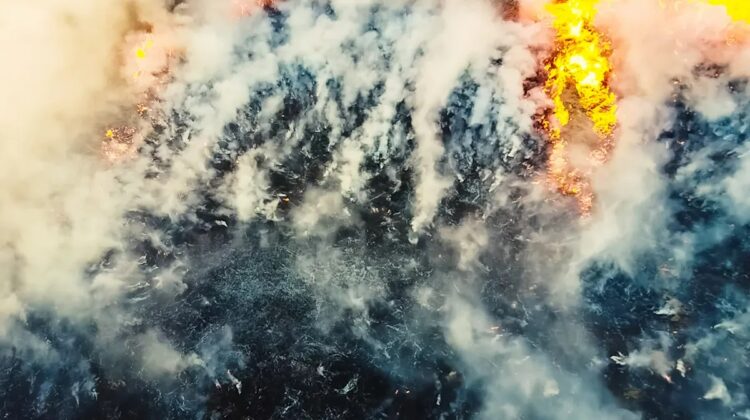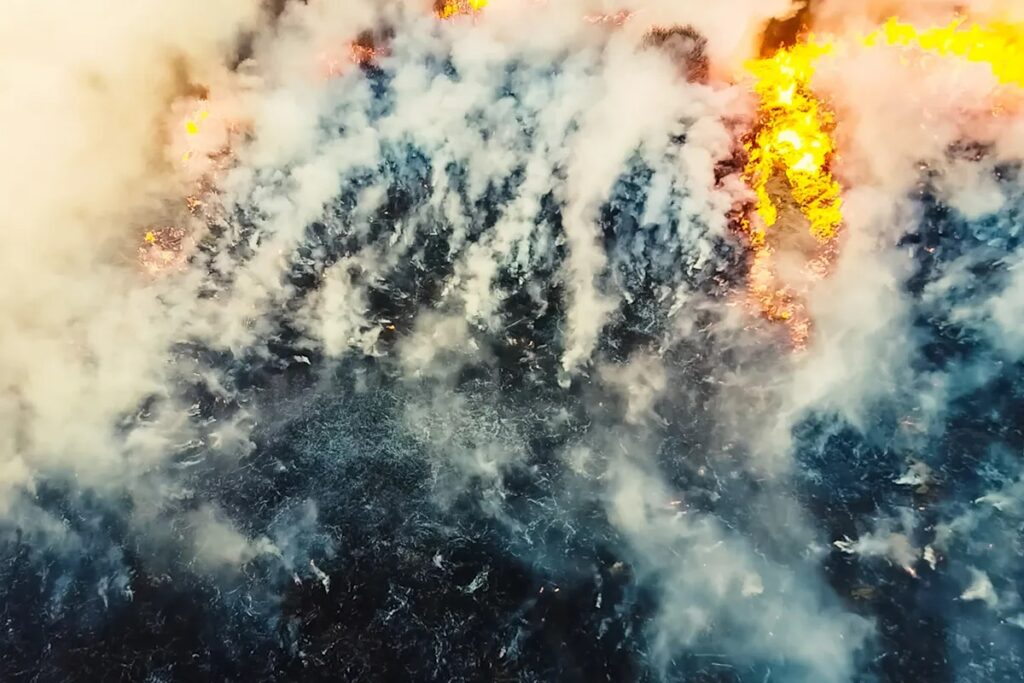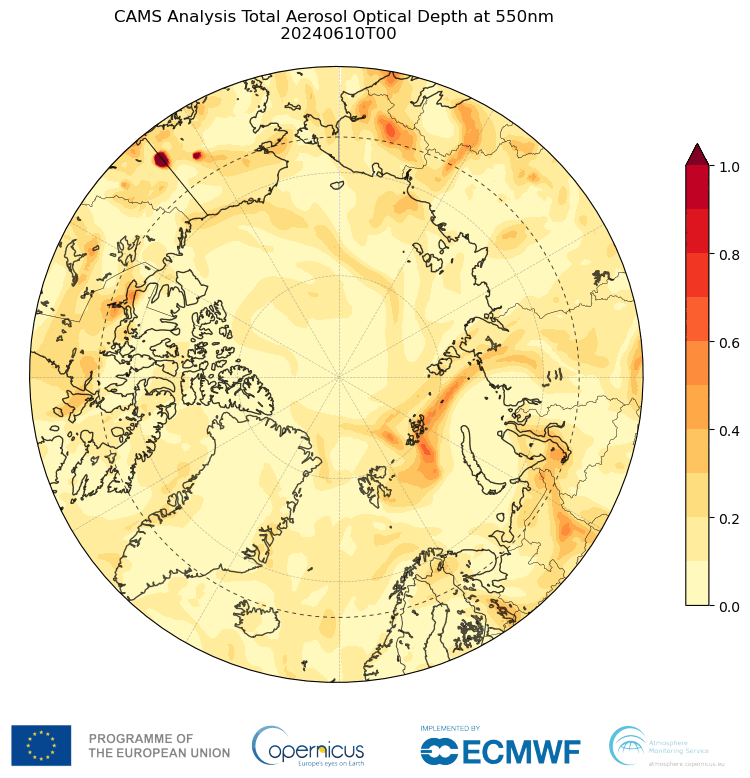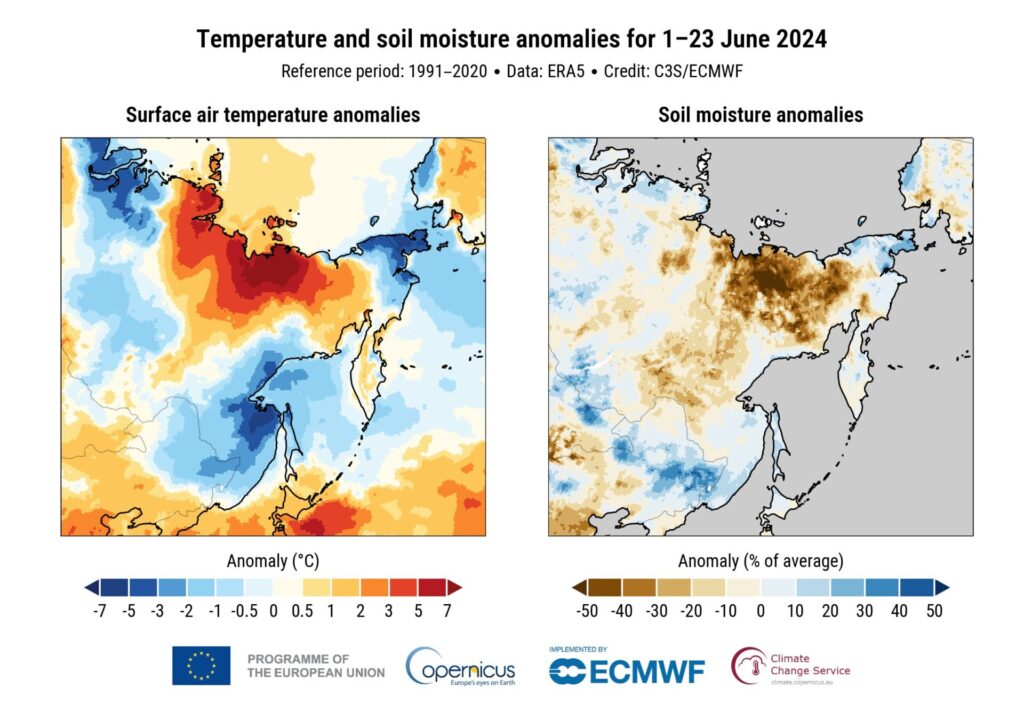
It’s another big wildfire season in the Sakha Republic of Siberia.
The current wildfire season in the Arctic, particularly in Siberia’s Sakha Republic, has been notably severe. This region, known for its typically cold temperatures, has experienced significant warming and drying, leading to widespread fires. In June 2024, the fires emitted 6.8 megatonnes of carbon, making it the third highest June emission in the past two decades, following the records set in 2020 and 2019.

Image credit: LuYago/Shutterstock.com
The European Union’s Copernicus Atmosphere Monitoring Service (CAMS) has highlighted that these emissions are part of a broader trend of increasing wildfire activity in high northern latitudes and the Arctic, driven by climate change. The Arctic is warming at a rate at least four times faster than the global average, leading to more frequent and intense wildfires. These fires not only devastate local ecosystems but also contribute to global climate change, creating a feedback loop of warming and increased fire activity.

Experts like Mark Parrington from CAMS and Gail Whiteman from the University of Exeter stress the urgency of addressing climate change to mitigate these fires. The situation in the Arctic is a stark warning of the broader impacts of global warming, underscoring the need for immediate and substantial action to protect this critical region and the planet as a whole.

Image credit: ERA5/CAMS
In addition to the Arctic fires, severe wildfires are also occurring in the Pantanal wetlands in South America, highlighting the global scale of the issue. The fires in the Pantanal are the most intense in two decades, exacerbated by an exceptionally dry wet season, further emphasizing the widespread impact of changing climate conditions.

Leave a Reply